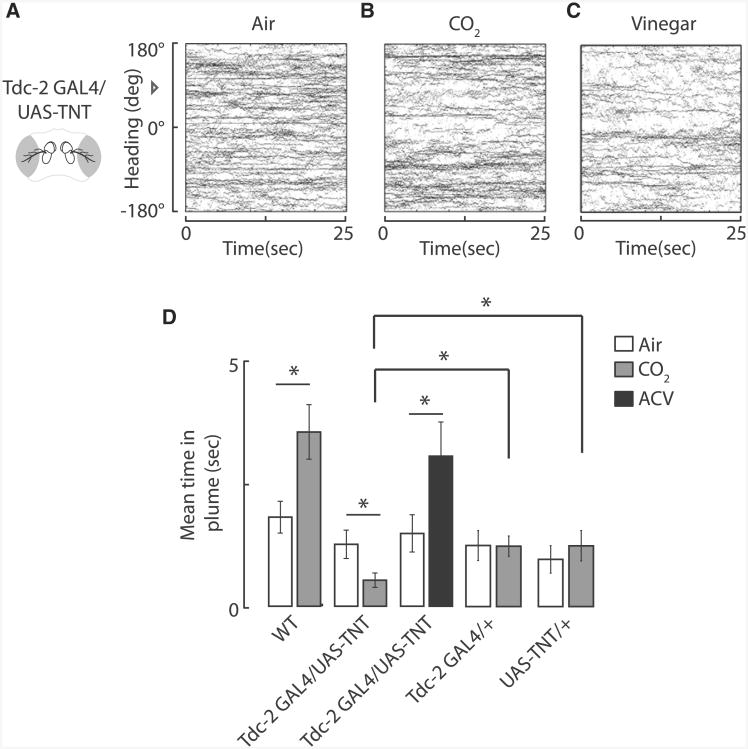Figure 3. Loss of Synaptic Output from Octopamine Neurons Switches the Valence of CO2 from Attractive to Aversive.
(A–C) Blocking synaptic output of octopamine neurons with Tdc2-GAL4/UAS-TNT results in flies antitracking a CO2 plume, i.e., orienting away from the plume location (B) by comparison with an air plume (A) or vinegar plume (C) in tethered flight. The odor plume was positioned at 0 degrees ± 10 degrees. Flies began the trial at +90 degrees, indicated by the open arrowhead. Within-subjects design was used, heading trajectories of all individuals are plotted for a continuous odor plume of air, n = 86 trials (A), CO2, n = 84 trials (B), or vinegar, n = 50 trials (C).
(D) Tdc2-GAL4/UAS-TNT flies spend less time in a CO2 plume as compared to air. Shown is the mean time spent in the odor plume over the length of the trial (25 s) for the flies shown in (A)–(C). Error bars indicate one SEM. The same UAS-TNT/+ parent flies that were tested for CO2 plume tracking in Figure 2K were used for inactivating the octopamine neurons here. *p < 0.05 by two-way t test, n > 50 trials.

